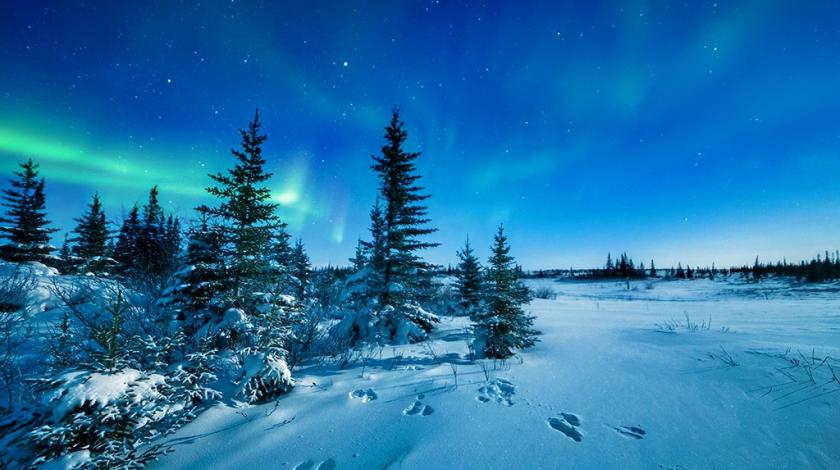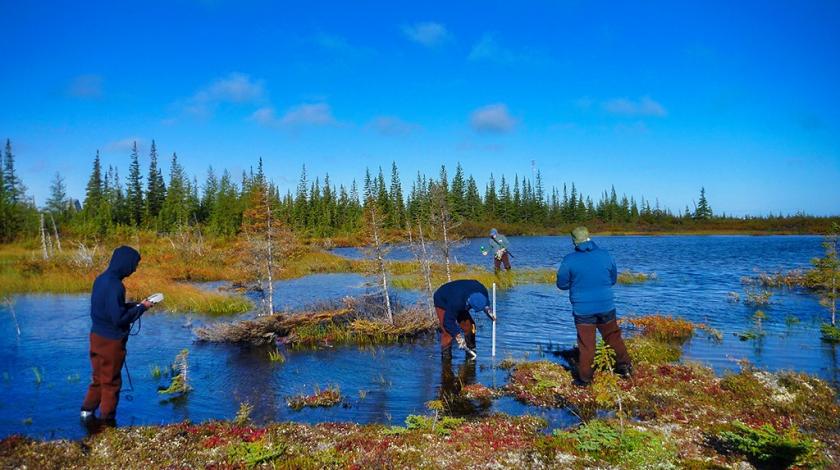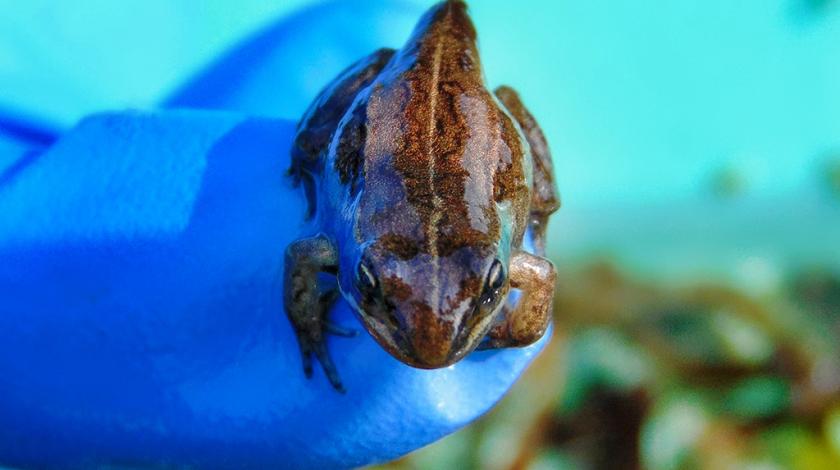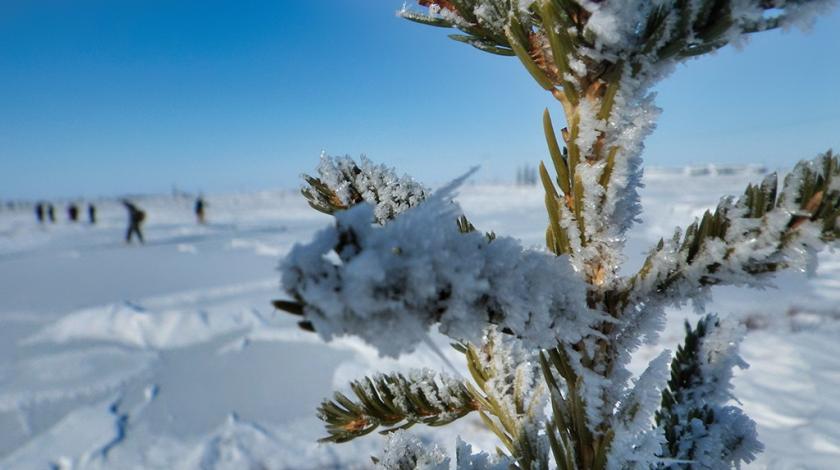BOOK WITH A $500 DEPOSIT
Climate Change at the Arctic's Edge
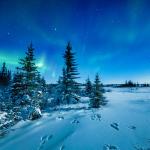
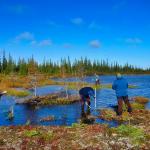
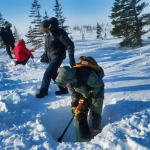
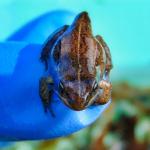

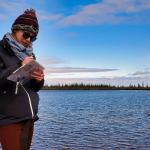

Northern ecosystems are being transformed by climate change. Join this long-term monitoring effort to explore what these changes mean for the Arctic—and the rest of the world.
Churchill is a small town perched on the seacoast within the Hudson Bay Lowlands, North America’s largest wetland. The area’s most famous inhabitants are its 57,000 beluga whales and 1,000 polar bears; Churchill advertises itself as both the beluga whale and the polar bear capital of the world. However, global climate change is threatening this landscape and the wildlife that resides there. Churchill has warmed approximately two degrees Celsius since record-keeping began in the 1880s, resulting in a myriad of ecological changes, such as shrinking polar sea ice, retreating glaciers, and less snowpack that melts earlier, putting Churchill on the front line of climate change.
You’ll measure evidence of global warming near Churchill and help researchers as they learn all they can about this fragile environment. If you join one of the summer or fall teams, you may don waist-high waders to take water samples and assess the abundance of the fish and frogs that make these northern wetlands their home. You’ll also help measure permafrost and monitor the health of the tree line by examining tree cores, which allow researchers to reconstruct tree life histories (to date, the oldest living tree this team has found dates from 1643).
But to truly experience the power of the North, join a winter team that focuses on assessing snowpack and taking snow samples. You’ll travel between research sites on a sled pulled by a snowmobile and may even get the chance to build an igloo.
A Typical Itinerary
- DAY 1 Introduction, orientation
- DAY 2 Training, practice in the field
- DAYS 3–6 Monitoring permafrost or snowpack, surveying vegetation or wetland wildlife (team-dependent)
- DAYS 7–10 Observing animals, lab analysis
- DAY 11 Depart
.
HOW WILL YOU HELP
.
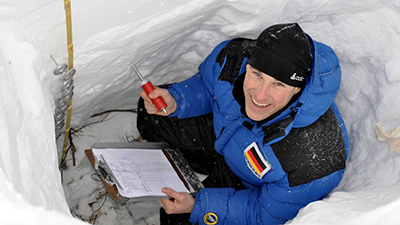
LOOK FOR SIGNS OF CLIMATE CHANGE
You'll use sophisticated equipment to collect data on features of the snowpack, permafrost, and soil. This work helps reveal global-warming-related changes in these aspects of the Subarctic.
RECORD PLANT OBSERVATIONS AND PROCESS SAMPLES
As you hike, you'll look for vascular plants, lichens, and mosses and monitor plant phenology (the timing of seasonal events such as flowering, first leaves, etc.). You'll also core evergreen trees to count their rings and needles. You'll return to the Churchill Northern Studies Centre to enter data and process water or plant samples in the state-of-the-art lab.

SURVEY WILDLIFE, INCLUDING FISH AND FROGS
You'll also see how climate change impacts subarctic animals by recording when and where you see them and how many you observe.
One day during the expedition, your team will take a break from being research scientists and enjoy some of Churchill’s recreational activities, which might include a dog-sledding tour (winter), a natural history tour, or browsing through the Itsanitaq Museum. You’ll have time to ask questions, enjoy the scenery, and keep an eye out for the wildlife and plants—including Churchill’s famed polar bears—that you can’t see anywhere else.
Field conditions and research needs can lead to changes in the itinerary and activities. We appreciate your cooperation and understanding.
.
FEEDBACK & QUESTIONS
.
8 Reviews on this Expedition
GET EARTHWATCH NEWSLETTER
Bi-weekly announcements, new expeditions, and updates on our impact around the globe.
.
.
.
